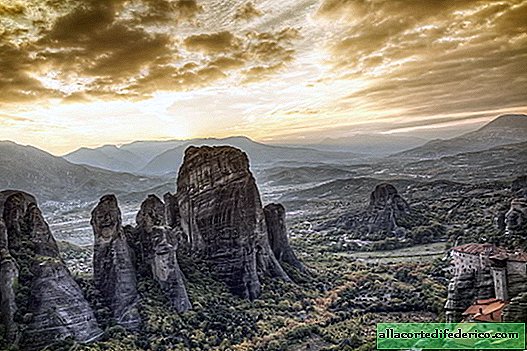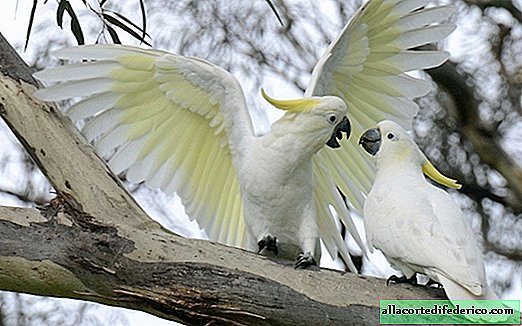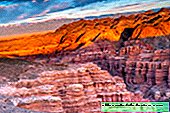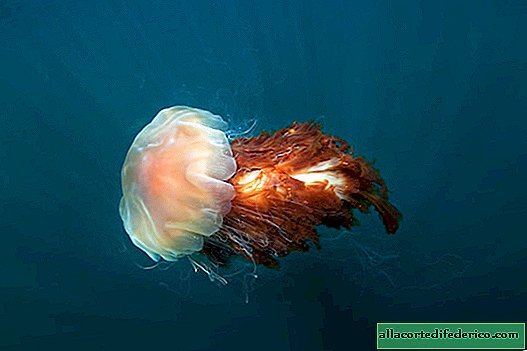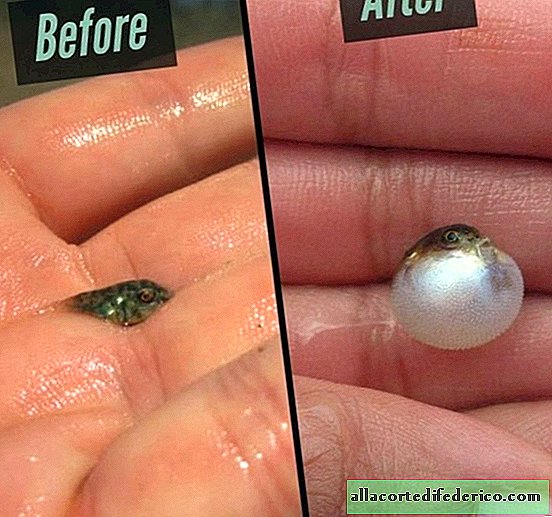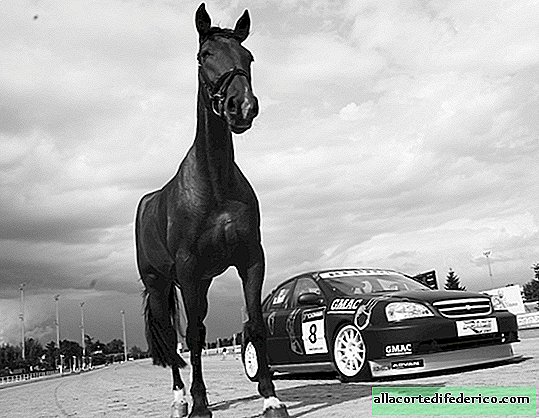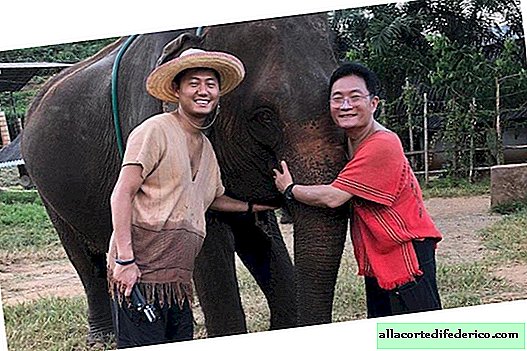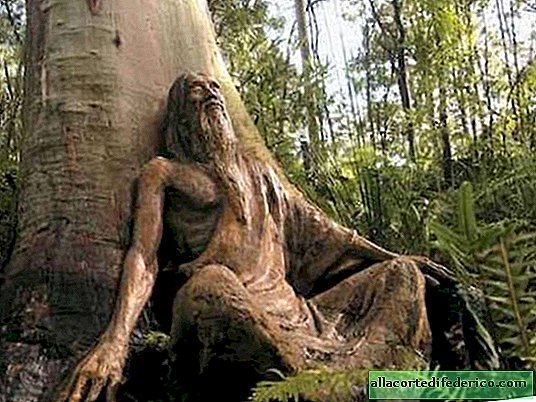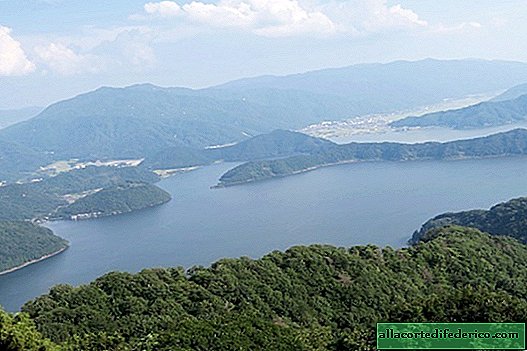The phenomenon of Yakut horses: how they manage to survive in the wild at -60 degrees
Yakutia is perhaps the most contrasting region of Russia in terms of climatic conditions. In summer, there is a 30-degree heat, and in winter, the republic is swept by 60-degree frosts. It seems unbelievable, but it is here that special horses live, which live in the wild, take care of themselves and their food, and terrible frosts are not afraid of them.

It is believed that the breed of Yakut horses was bred as a result of folk selection. It was not specially bred, the best producers with the necessary traits were not crossed to get special offspring. In this case, the climate of Yakutia can be considered a kind of breeder: only the most hardy and unpretentious horses could survive and leave healthy offspring.

Yakut horses are considered one of the oldest representatives of a kind not on Earth. The fact is that, according to experts, modern Yakut horses are descendants of tundra horses that lived in the north of Yakutia in the preglacial era. Bone remains several thousand years old are regularly found in permafrost. Thus, scientists believe that the ancestors of these amazing horses grazed next to mammoths and woolly rhinos.

Modern Yakut horses live almost in the wild. Despite the fact that they have a host, they usually take care of their food on their own. These horses get grass from under the snow, digging it up with their hooves. They graze in small herds, each of which combines the main stallion and several mares with 1-2-year-old foals.

A distinctive feature of this breed is a long, thick and warm coat. Wool has a thick undercoat designed for better thermal insulation. In addition, the Yakut horses have a rather large and massive physique: in harsh conditions only strong and hardy animals survive. They have a large head and body, but the legs, compared to other breeds, are quite short, which looks very nice.

It is interesting that the types of Yakut horses differ in geographical features. The tallest and largest representatives of the breed live in the north, and in the south the horses are slightly smaller and shorter. This is consistent with the theory that, in cold conditions, those mammals that have larger body volumes compared to the surface of the body are more viable. A similar pattern was called the "Bergman Rule." According to this principle, the rate of heat loss depends on the surface area of the body. Therefore, animals of the same species living in different latitudes can have different body sizes. The same picture is observed for Yakut horses: the more north and colder, the greater the volume of the horse’s body with the same surface area.

Yakut horses are used as riding animals. Local people also breed them for milk and meat. At the present time, breeding work is also being carried out, designed to improve the Yakut breed by purposefully crossing with representatives of other breeds.

It is interesting that representatives of Yakut horses live on the territory of the "Pleistocene Park" as part of a unique scientific experiment. Several horses were released 30 years ago in the tundra. They have taken root well there and are thriving, proving by their existence that horse breeding can also be practiced in the Far North. Such hardy horses as representatives of the Yakut breed are no longer anywhere in the world.


